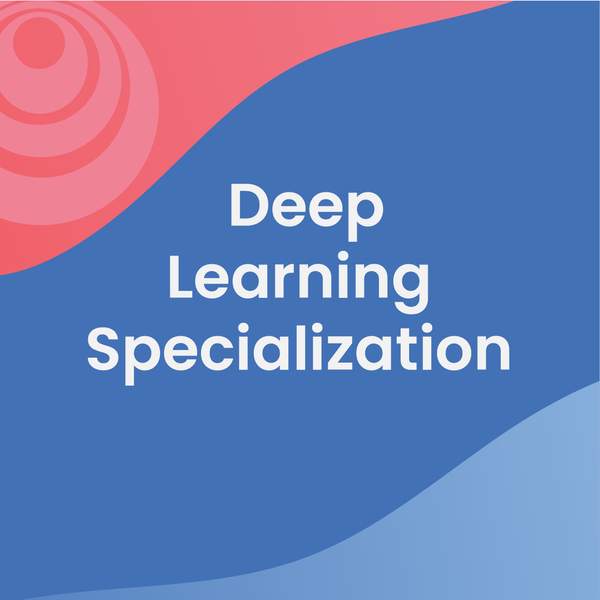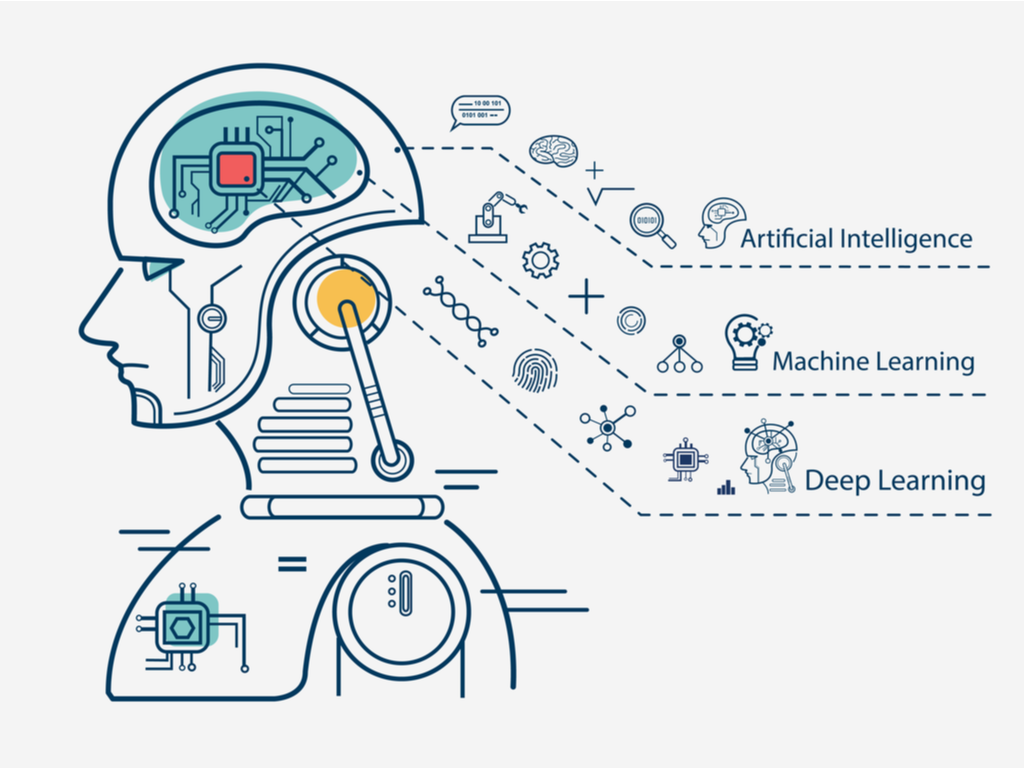
Deep Learning is a subcategory of Machine Learning that uses multi-layer neural networks to learn and perform complex tasks. This article explores the fundamental concepts of Deep Learning, its differences from Machine Learning, its history, and its many applications in the modern world.
Table des matières
ToggleWhat is Deep Learning?
Deep Learning, or deep learning, is a method of artificial intelligence (AI) that enables computers to learn by themselves using structures called neural networks. These networks consist of multiple layers (hence the term “deep”), allowing them to capture more abstract and complex levels of information.
The Neural Networks
Structure and Functioning
Neural networks mimic the structure of the human brain by consisting of interconnected artificial neurons. Each neuron receives inputs, applies weights and an activation function, and then produces an output passed to the neurons in the subsequent layers. Deep neural networks have multiple layers between the input and output, allowing for more sophisticated learning.
The Deep Learning Algorithms
Some of the main deep learning algorithms include convolutional neural networks (CNNs) for image processing, recurrent neural networks (RNNs) for time sequences, and transformers that use self-attention mechanisms to process sequential data in parallel.
Deep Learning vs Machine Learning
Although Deep Learning is a subcategory of Machine Learning, it stands out due to its ability to handle much larger volumes of data and solve more complex tasks. Traditional Machine Learning often requires manual feature engineering, while Deep Learning automates this step through its multi-layer neural networks.
History of Deep Learning
Early work on neural networks dates back to the 1950s, but it was not until the early 2000s that Deep Learning really took off, thanks to increased computational capabilities and available data volumes. Advances such as convolutional networks (CNNs) have led to significant progress in areas like image recognition.
Applications of Deep Learning
Deep Learning is used in a multitude of fields. In computer vision, it enables image and object recognition. In natural language processing (NLP), it is used for machine translation and text generation. Deep Learning also finds applications in industrial automation for predictive maintenance, as well as in medicine for analyzing medical images.
The Challenges and Issues of Deep Learning
Data Requirements
One of the major challenges of Deep Learning is the need for large annotated datasets for training models. The availability and quality of data are crucial for the performance of algorithms.
Computational Capabilities
Deep neural networks require considerable computational power, often provided by graphics processing units (GPUs) and distributed architectures in the cloud. This can represent an obstacle in terms of costs and accessibility for certain organizations.
Interpretability and Ethics
The interpretability of Deep Learning models and algorithmic biases raise ethical concerns. Understanding how and why a model makes a decision is crucial to ensure the transparency and reliability of AI systems.





